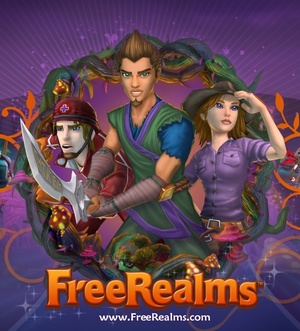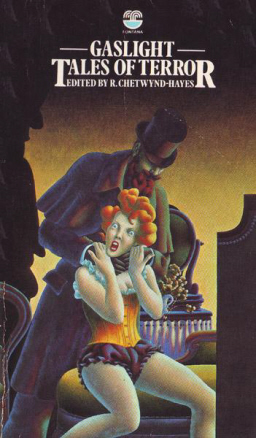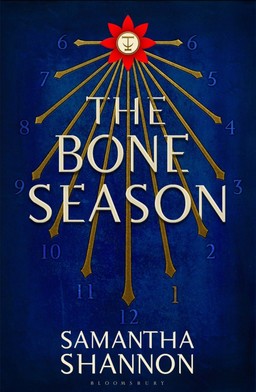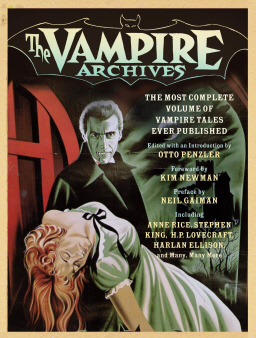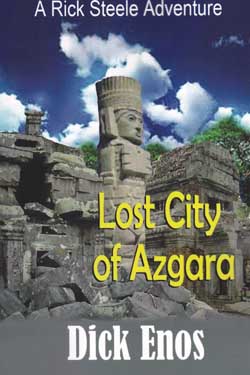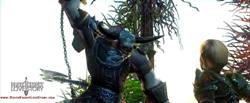Voices in Fantasy Literature, Part II
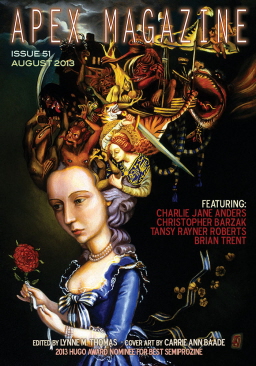 I sometimes give writing workshops in the Ottawa area and mentor local writers. One piece of advice that I feel comes off as a broken record is that there is *so much* good short fiction out there, for readers to taste and for writers to learn from.
I sometimes give writing workshops in the Ottawa area and mentor local writers. One piece of advice that I feel comes off as a broken record is that there is *so much* good short fiction out there, for readers to taste and for writers to learn from.
Not everyone is into short fiction. My formative reading experiences were novels and comic books, two media that lend themselves to very long arcs with exploratory digressions. Only after largely failing at two novels (consuming ten years of writing time), did I finally take the old science fiction advice: work my writing career up to novels through short fiction.
Although I didn’t appreciate it then, short stories really are their own medium, with conventions and beat structures that take a lot of time to internalize. I forced myself to read a lot of short fiction, from Year’s Best collections to Hemingway and other Nobel winners. I didn’t enjoy the form for about two years, until I stumbled upon an editorial taste that worked for me, and that happened to be Escapepod, and then Podcastle.
Consistently listening to several stories a week gave me such a broad view of the kinds of writing out there and what I liked and how the different forms connected to each other and what rules each played in, or broke, as the case may be. So, I’m a late convert to short fiction and I feel the missionary need at times to show people just how much range and quality is out there. I picked three stories I wanted to recommend to the world.
